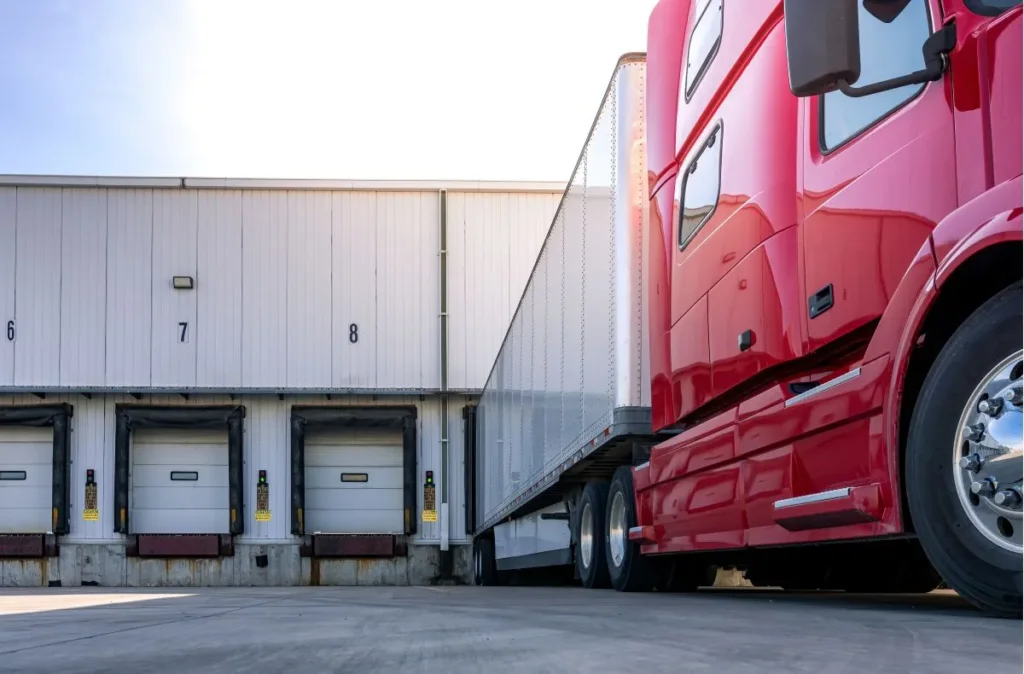In 2014 the European Commission issued a directive on the European Electronic Toll Service (EETS). This Directive was supposed to solve the problem of incompatibility between the toll collection areas which often ended with several OBU devices on the dashboard and complex administration. The directive was supposed to result in a single contract and a single OBU device which would be enough to pay the toll, for example coming from Ireland to Greece. Unfortunately, the implementation of the directive did not change anything. That is why the European Commission will address this issue again in May this year.
In May of this year the European Commission will discuss the introduction of changes in two aspects. First, they will talk about the problem of tolls on motorways – whether we are going to pay subscription fees or rather fees depending on the driven distance. The second option is favoured by environmental activists who believe that the toll counted per kilometre will discourage the road users from using cars.
Secondly, the EETS introduced in 2004 is supposed to undergo a thorough revision. It never actually managed to meet its objectives, that is the introduction of a service which allows the road user to pay the toll electronically in all EETS areas using a single on-board unit (OBU).
Dead law
Since 2009 when the law on the use of electronic fee entered into force nothing – besides the law itself – has changed and affected greater system harmonisation. Only the truck drivers travelling between Portugal, Spain, France and Belgium can use one device to pay the toll. In other countries there are separate systems and providers. Truck drivers who travel on international routes often have 10 or more devices for electronic toll collection.
Too complicated, too expensive
A partial reason for the law introduced in 2004 proving ineffective was the fact that companies who develop the devices had to tackle high requirements to create a device which would be compatible with each of the technologies referred to in Directive 2004/52/EC, regardless of the technology used in a given EU country (that is DSRC, satellite system, GSM) within 24 months of being registered as European providers. So far only six companies registered as creating a technology compatible with any system is simply very expensive. Next to the technological problems also the legal ones have to be solved – signing mutual agreements between the Member States.
The May debate gives hope
UE institution officials expect that the plans to improve the toll system will please the transport sector as their purpose is to make administration easier and lower prices for companies using international routes. The Commissioner for Transport, Violeta Bulc already talked about this idea during the previous debate in Brussels:
My dream is to make the travel from Portugal to Finland uninterrupted by additional stops to pay the fee”
Therefore, there is a chance that the May debate concerning the harmonisation of the toll-collection system will allow companies to travel throughout Europe with a single “box” on board.
Do you think that the plan can succeed?
Photo: Wikimedia Commons








